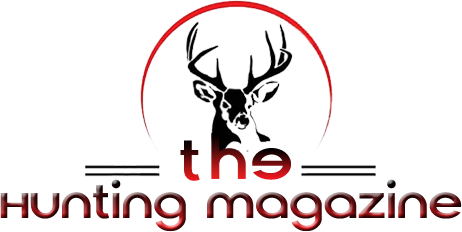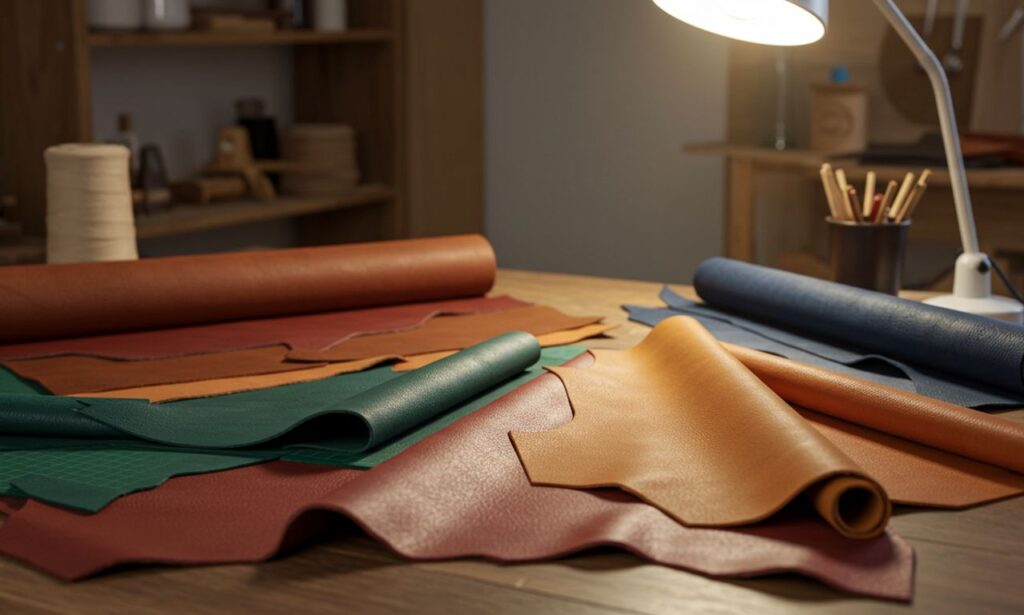Zuschneidfelle is a German term commonly used in the leather industry to describe pre-cut leather hides or skins, typically intended for immediate use in manufacturing. These are not raw, full hides but are already trimmed or processed to fit common production patterns, making them highly efficient for use in industries like footwear, accessories, automotive interiors, and fashion.
In English, the closest equivalent would be “cutting hides” or “pre-cut leather pieces.” However, the term zuschneidfelle is widely recognized among tanners, leatherworkers, and manufacturers due to its precise application in professional leather production.
Why Zuschneidfelle Are Important in Leatherwork
In traditional leatherworking, artisans often start with whole hides or skins, which require significant preparation, trimming, and waste management. Zuschneidfelle simplifies this process by offering hides that are:
-
Already sized or cut to standardized dimensions
-
Filtered by quality to suit specific product types
-
Easier to handle during mass production or prototyping
These characteristics make zuschneidfelle a preferred choice in both small-scale and industrial leather workshops where time, quality, and material efficiency are critical.
Key Characteristics of Zuschneidfelle
Zuschneidfelle come in a wide range of specifications depending on the type of leather, intended use, and manufacturing standards. Common characteristics include:
-
Tanned and finished (vegetable-tanned, chrome-tanned, or synthetic)
-
Defined thickness based on product requirements (measured in mm or ounces)
-
Uniform grain pattern or surface finish
-
Minimal defects, since poor sections are removed during cutting
The goal of using zuschneidfelle is to provide ready-to-use sections of leather that meet specific size and quality criteria, reducing waste and improving consistency.
Common Uses for Zuschneidfelle
1. Footwear Production
Zuschneidfelle are ideal for producing uppers, linings, and insoles in the shoe industry. Since much of the cutting work is done beforehand, manufacturers can focus on stitching and finishing.
2. Leather Goods and Accessories
Items like belts, wallets, bags, and watch straps often rely on zuschneidfelle for precision and efficiency. Pre-cut hides save time and ensure repeatability in production.
3. Automotive and Furniture Upholstery
In sectors like automotive interiors or high-end furniture, zuschneidfelle provide pre-sized panels for seat covers, steering wheels, armrests, and more.
4. Craft and Hobby Projects
Leather crafters and small businesses use zuschneidfelle for making journals, cases, bookmarks, and art projects. These hides are especially helpful for beginners who need manageable pieces.
Types of Leather Used in Zuschneidfelle
The type of leather used in zuschneidfelle depends on the end-use. Common options include:
-
Full-grain leather – Durable, natural look, best for premium products
-
Top-grain leather – Slightly sanded surface, suitable for accessories
-
Split leather – Affordable, used for linings or suede finishes
-
Nubuck and suede – For soft, velvety textures
-
Patent leather – Shiny and used in fashion items
Suppliers often label zuschneidfelle by leather type, thickness, tanning method, and finish to help buyers choose the right piece for their project.
How Zuschneidfelle Are Graded
Leather grading plays a crucial role in the value and usability of zuschneidfelle. Grading typically considers:
-
Surface defects (scratches, scars, branding marks)
-
Thickness consistency
-
Flexibility and softness
-
Color uniformity
The most common grades are:
-
Grade A: Pristine surface, ideal for luxury goods
-
Grade B: Minor imperfections, good for visible sections
-
Grade C: Functional but with noticeable marks, often used for linings or internal parts
By purchasing graded zuschneidfelle, buyers know exactly what to expect and can match materials to their product quality requirements.
Advantages of Using Zuschneidfelle
1. Time Efficiency
Cutting full hides is time-consuming. Zuschneidfelle eliminate the need for initial trimming and preparation, speeding up production.
2. Material Cost Control
With full hides, up to 30% may be wasted due to defects or odd shapes. Zuschneidfelle offer better material efficiency with lower waste.
3. Storage and Handling
Pre-cut hides are easier to store and transport. They occupy less space and can be shelved based on thickness or use case.
4. Consistency in Output
Mass producers benefit from uniformity in size, finish, and thickness—something hard to achieve with raw hides.
5. Beginner-Friendly
For leathercraft hobbyists, zuschneid-felle eliminate the learning curve associated with hide trimming and quality assessment.
Where to Buy Zuschneidfelle
Zuschneidfelle can be sourced from:
-
Leather wholesalers
-
Tanneries and cutting facilities
-
Online leather marketplaces
-
Craft stores (for smaller pieces or bundles)
Top suppliers offer sample packs and swatches so buyers can test the leather before purchasing larger quantities. Some specialized vendors even offer custom cuts based on your templates or designs.
Pricing Factors for Zuschneidfelle
Several elements affect the cost of zuschneid-felle:
-
Type of leather (full-grain is more expensive than split)
-
Size of the pre-cut piece
-
Grade and surface quality
-
Finishing or dyeing methods
-
Origin of the hide (e.g., Italian or German leather may cost more)
On average, pricing may range from €10 to €60 per square meter, depending on the specifications. Small packs for hobby use may cost between €5 and €20 per sheet.
Sustainability and Environmental Impact
Many tanneries and suppliers now focus on eco-friendly leather production, offering zuschneidfelle that:
-
Come from vegetable-tanned processes (low chemical use)
-
Use waste hides from the meat industry (no additional animal harm)
-
Feature chrome-free tanning options for reduced toxicity
Recycled leather options, such as bonded leather zuschneid-felle, are also emerging for sustainable manufacturing.
How to Work With Zuschneidfelle
Working with zuschneid-felle follows the same basic principles of leather crafting:
-
Measure and mark using templates or stencils
-
Cut with precision knives or rotary cutters
-
Edge finish with slickers and burnishers
-
Stitch manually or with industrial sewing machines
-
Seal and treat with leather conditioners or waterproofing products
Because the hides are already tanned and shaped, you can skip the preparation steps common with raw hides.
Quality Control and Testing
Before starting a production run, always check for:
-
Stretch and tensile strength
-
Water resistance (if needed)
-
Dyefastness (for colored or finished leather)
-
Tear resistance especially in thinner pieces
Testing small swatches of zuschneid-felle can help avoid surprises during full-scale production.
Final Thoughts
Zuschneidfelle offer leatherworkers a smart, efficient alternative to working with full hides. By providing ready-to-use, graded, and sized leather pieces, they simplify production, reduce waste, and maintain high standards of quality across fashion, crafts, automotive, and industrial sectors.
Whether you’re an artisan making handmade belts or a factory producing thousands of leather shoes, zuschneid-felle can significantly enhance workflow, consistency, and profitability.







